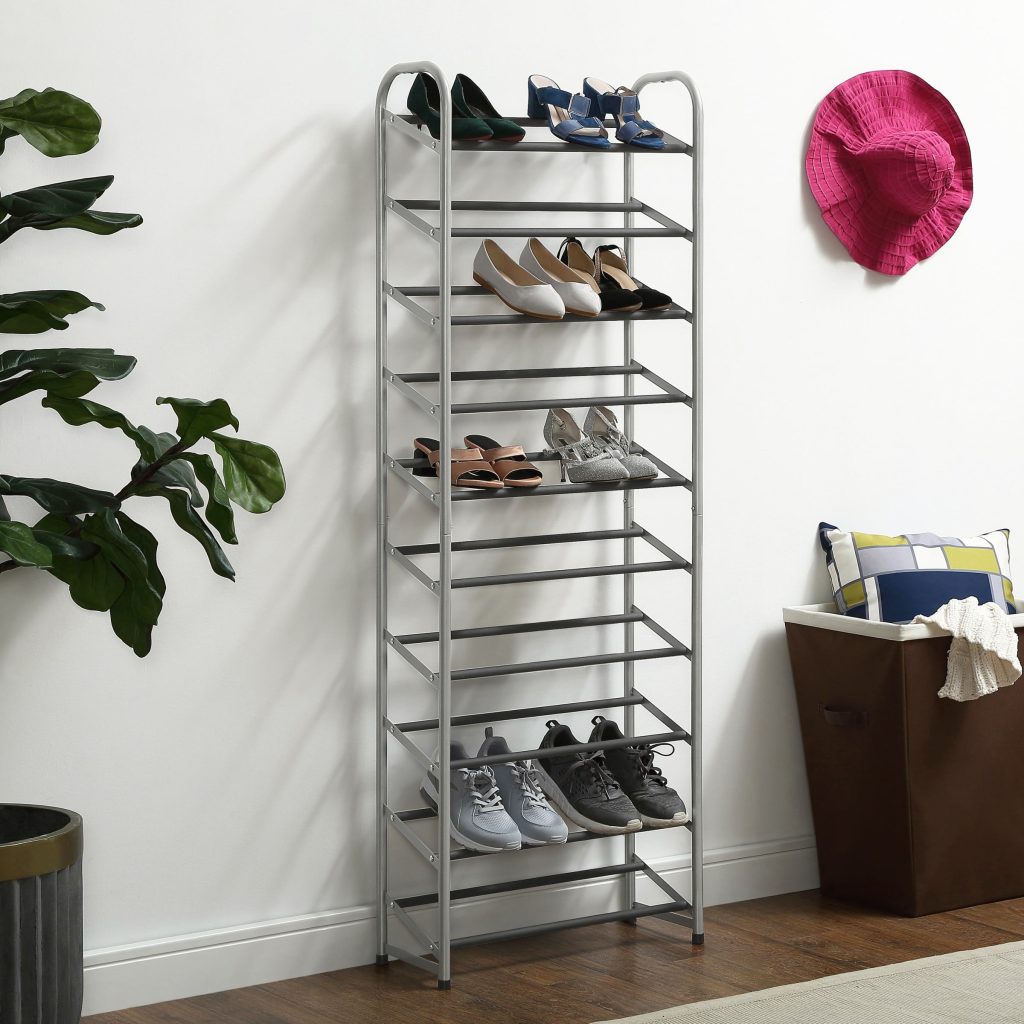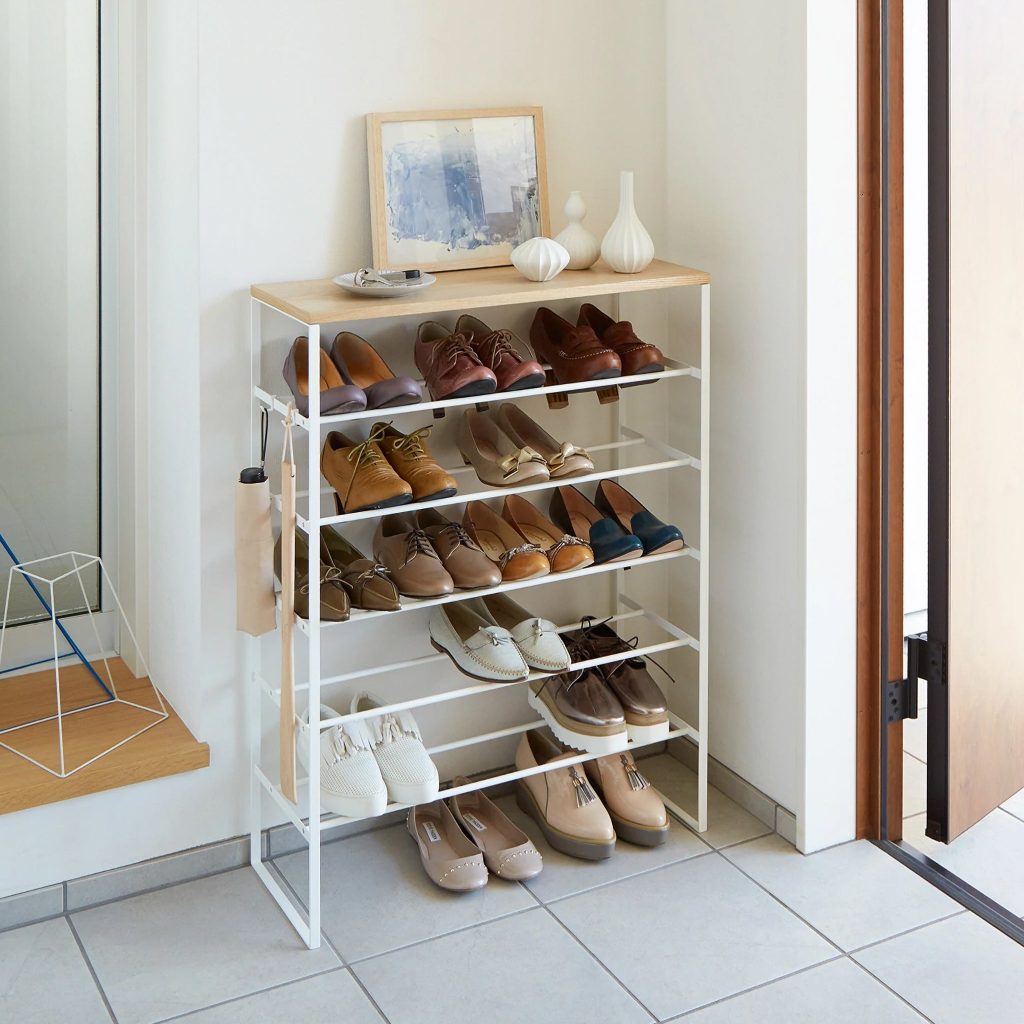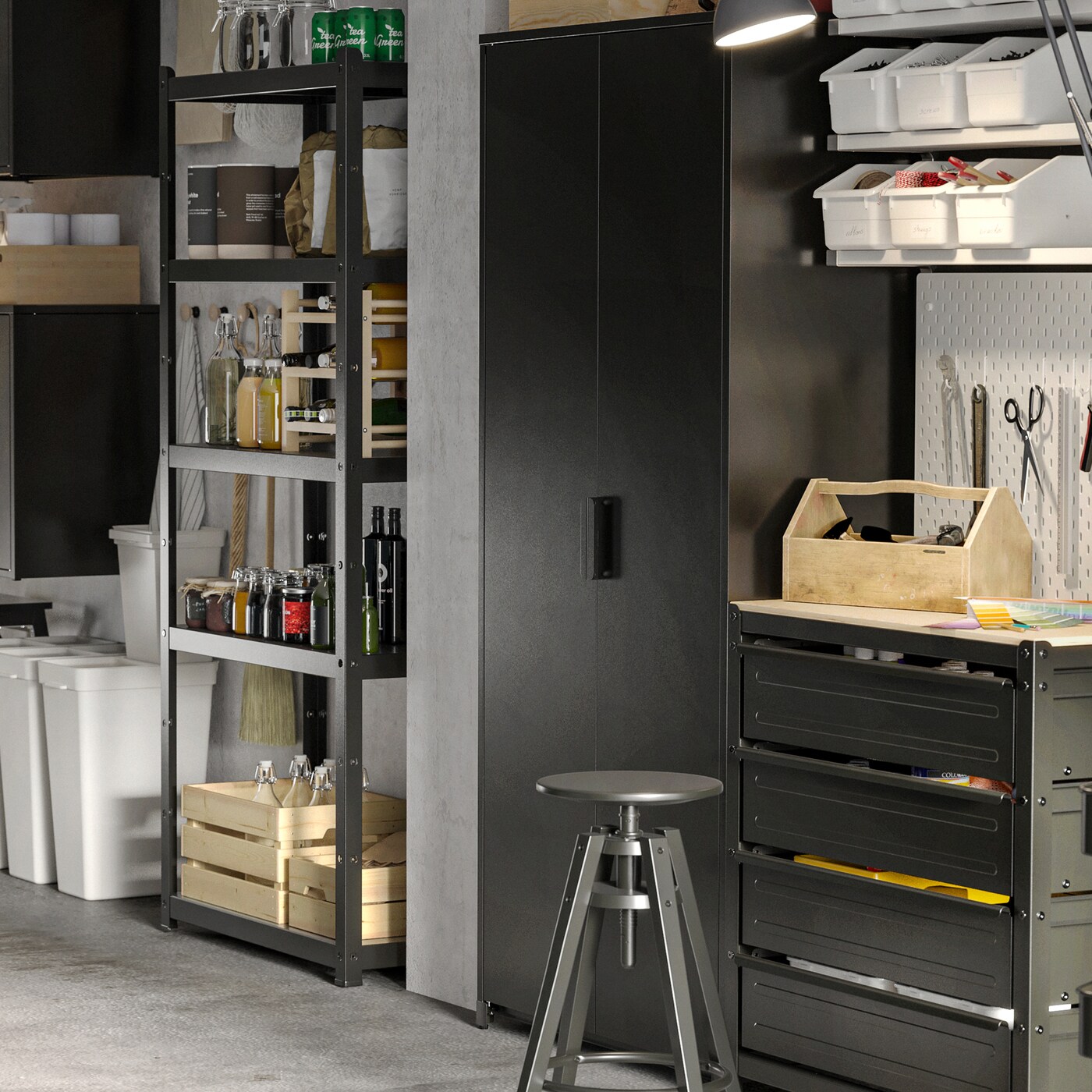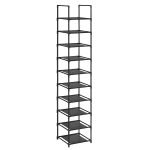Introduction to DIY Shoe Rack Building
Building a DIY shoe rack can transform how you store your shoes. It is a rewarding project that not only improves organization but also adds a personal touch to your home. If you have ever experienced the frustration of shoes scattered across your closet floor, a custom shoe rack is a practical solution that will bring order to chaos.

It is a project suited for both novice and experienced DIY enthusiasts. Whether you are aiming to maximize space in a small area or simply desire a more orderly closet, a shoe rack built to your specifications can accomplish that. Plus, by choosing to build it yourself, you can tailor the size, style, and color to perfectly fit your living space and match your interior decor.
In the following sections, we will outline the materials and tools necessary, guide you through the preparation of the wood, and step-by-step through the assembly and finishing touches. We aim to provide you with clear instructions on how to build a shoe rack that not only serves its purpose but also reflects your craftsmanship and style. So gather your tools, roll up your sleeves, and let’s get started on building a shoe rack that will organize your shoes and enhance your home.
Materials and Tools Needed for Your Shoe Rack
Before diving into the task of building a shoe rack, it’s essential to gather all the materials and tools you will need. This ensures a smooth building process without interruptions to source missing items. Here is a list of what you should have on hand:
- Compact Drill and Impact Driver Kit: Tools for drilling and driving screws with precision.
- 1×12 Boards: These will serve as the main shelves for storing shoes.
- 2×2 Boards: Used for creating a sturdy frame.
- 1×2 Board: Needed for brace pieces that support the shelves.
- Pocket Hole Jig: A tool for making accurate pocket holes for screws.
- Pocket Hole Screws (1 1/4 inch): To join pieces of wood without visible screws.
- Wood Screws (1 1/4 inch): For attaching shelves to the braces.
- Miter Saw or Hand Saw: For cutting wood to the desired dimensions.
- Stain or Paint: To finish the rack with the color or texture of your choice.
Remember that the size of the boards and the number of screws can vary depending on the size and design of your shoe rack. Ensure you measure your space and plan the dimensions of your shoe rack accordingly. It’s also helpful to have some sandpaper on hand to smooth out any rough edges after cutting. Once you have everything on this list, you’ll be ready to start building your custom DIY shoe rack.
Preparing the Wood: Cutting to Dimensions
Before you step into the shoes of a craftsman, preparing your wood is crucial. The wood’s dimensions are the blueprint for your shoe rack, setting the stage for the entire project. Follow these steps:
- Measure Accurately: Double-check the measurements for each cut. Using a tape measure, mark the spots where you’ll cut. Accuracy is key, as uneven cuts can lead to a wobbly rack.
- Mark Your Cuts: Use a pencil or marker to create visible lines on the wood where you’ll be sawing. These lines guide you to achieve straight and precise cuts.
- Secure Your Wood: Ensure the wood is clamped down or securely supported. This prevents it from shifting as you saw, resulting in cleaner cuts.
- Use the Right Saw: Whether you choose a miter saw or hand saw, pick the one that you’re comfortable with. A miter saw can make quick and exact cuts, while a hand saw is more manual but just as effective with a steady hand.
- Make the Cut: Now, you’re ready to cut. Follow the marked lines, taking it slow to maintain control. Keep your hands away from the saw blade to avoid accidents.
- Sand the Edges: After cutting, use sandpaper to smooth any rough edges. This not only makes your rack look better but also prevents snags on shoes or fingers.
Remember, you may need to adjust the length of the boards depending on your closet space. Shorter boards mean a smaller rack; longer boards equal more storage. The goal is to create a shoe rack that fits well in its intended space, so keep your specific needs in mind as you measure and cut your wood. With these steps, you’ll have the foundation for a sturdy shoe rack that’s ready for assembly.
Assembling the Sides of the Rack
After cutting the wood to size, the next step in how to build a shoe rack is assembling the sides. This forms the frame that will support your entire rack, so it’s important to do this carefully. Here’s what you need to do:
- Start by taking the 28 1/2 inch 2×2 boards. These will act as the vertical supports.
- Grab your 12 inch 2×2 boards. These will connect the vertical supports to form rectangles.
- Place two of the 28 1/2 inch boards parallel to each other.
- Align two of the 12 inch boards perpendicular to them at each end.
- Use the pocket hole jig to create holes at the ends of the 12 inch boards.
- Fasten the 12 inch boards to the 28 1/2 inch boards using 1 1/4 inch pocket hole screws.
- Repeat steps 3 to 6 to make the second side of the rack.
- Ensure both frames are identical and sturdy.
These steps will create the two side frames for your shoe rack. Be precise and ensure each piece is securely attached. A solid frame is the key to a durable shoe rack that can hold multiple pairs of shoes. Once you have completed these frames, you’ll be ready to add braces for shelf support.
 Adding the Braces for Shelf Support
Adding the Braces for Shelf Support
The next vital step in building your shoe rack is adding the braces that will support your shelves. These braces give strength to your shoe rack, ensuring it can hold the weight of your shoes without collapsing. Here’s how you can proceed:
- Take the 1×2 board you’ve pre-cut, which will act as your brace pieces.
- With your compact drill and impact driver kit, begin to attach these braces inside the frame.
- Position the 1×2 boards horizontally within the two side frames you assembled earlier.
- Use the pocket hole jig to drill pilot holes where the braces will join the frames.
- Secure each brace with 1 1/4 inch pocket hole screws.
- Space out the braces evenly to distribute the weight of your shoes.
- Ensure the braces are level and flush with the frame to prevent any wobbling.
Attaching braces correctly is crucial as they will directly support your shoe collection. Take your time to align and fix each brace properly. Check each connection for stability. Once all your braces are in place, the structure of your shoe rack begins to take shape. With this robust framework, you’re now set to add the shelves that will keep your shoes organized and off the floor.
Attaching the Shelves to the Frame
Now that the braces are in place, it’s time to attach the shelves to your shoe rack frame. This step will create the actual storage where your footwear will rest. Follow this straightforward process:
- Lay Out the Shelves: Position your cut 1×12 boards across the brace pieces. Ensure they are evenly spaced and align with the frame.
- Pre-drill Holes: Using your compact drill, pre-drill holes in the shelves to prevent wood splitting when you insert the screws.
- Secure the Shelves: Fasten the shelves to the braces using 1 1/4 inch wood screws. Drive the screws in firmly but avoid overtightening, which could strip the holes.
- Check for Level: Place a level on the shelves to make sure they are horizontal. Adjust as needed before adding all screws.
- Repeat as Necessary: Secure all shelves, double-checking their alignment and level with each addition.
With the shelves now firmly attached to the frame, your shoe rack is nearly complete. This step is critical for a functional and sturdy rack, so take your time to secure each shelf properly. The goal is to create a shoe rack that can hold your shoes neatly and withstand daily use. Your DIY shoe rack is now ready for the finishing touches that will enhance its appearance and protect the wood.
Finishing Touches: Painting or Staining Your Shoe Rack
Once your shoe rack is assembled, it’s time for the finishing touches. Painting or staining your shoe rack will not only make it look more appealing but also protect the wood. Here’s how you can complete this final step:
- Choose Your Finish: Decide on a paint or stain that matches your home’s decor. For a natural look, opt for wood stain. For a pop of color, go with paint.
- Prep the Rack: Before applying any finish, make sure the rack is clean. Wipe it down to remove sawdust or debris.
- Apply the Finish: Use a brush or rag to apply stain or paint. Start from the top and work your way down. Cover all surfaces evenly.
- Let it Dry: Follow the instructions on the paint or stain for drying time. It’s important not to rush this step.
- Add a Second Coat: For deeper color or better protection, apply a second coat after the first has dried.
- Seal the Finish: If you used stain, apply a sealer like Polycrylic to protect the wood. Let this dry completely as well.
After these steps, your DIY shoe rack will not only be functional but also a stylish addition to your home. The right finish can transform the rack from a simple storage solution to a piece of decor that enhances your space.
 Tips for Customizing Your DIY Shoe Rack
Tips for Customizing Your DIY Shoe Rack
When building a DIY shoe rack, consider how you can make it fit your space and style. Here are some tips to customize your shoe rack:
- Choose the Right Size: Measure your space before you start. Make sure your rack will fit where you want it. Cut the wood to create the perfect size.
- Select a Color or Stain: Pick a paint or stain that goes with your decor. A bright paint can add color. A rich stain can show off the wood’s beauty.
- Adjust the Shelf Heights: Need room for tall boots? Make one shelf higher. Use your creativity to fit all types of shoes.
- Add Decorative Details: Think about adding trim or molding for a fancy look. Even simple designs can make your rack stand out.
- Choose Your Materials: Different woods or materials can change the style. Try pine for a classic look or metal pipes for an industrial feel.
- Make it Mobile: Add casters on the bottom for a shoe rack you can move. This is handy for cleaning or rearranging your space.
- Use Fun Hardware: Find unique knobs or hooks for extra flair. You can hang small items like keys or scarves.
Building a shoe rack is great for storage and can show your personal style. Use these tips to create a rack that you will love and that serves your needs.


